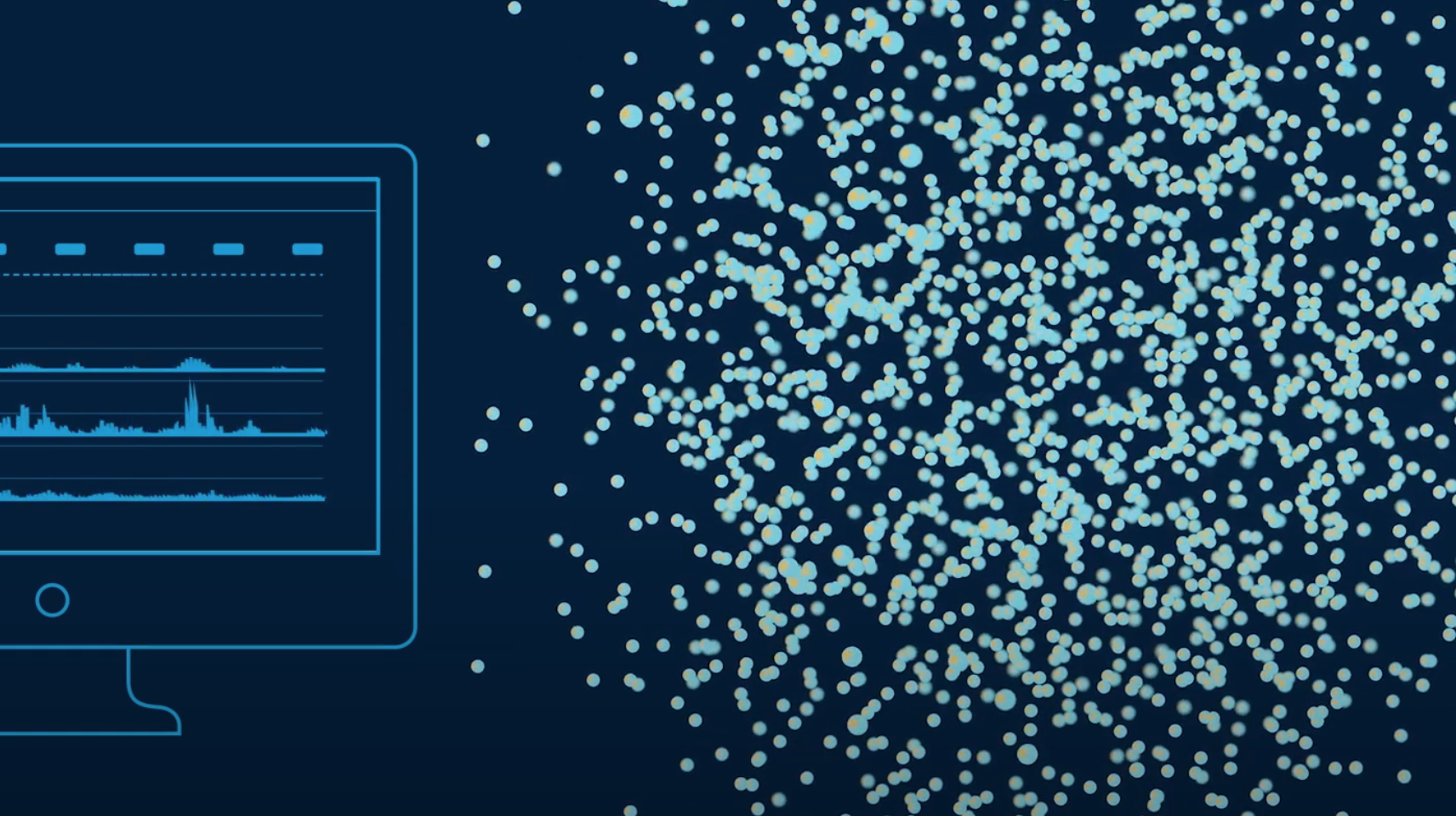Technical stories shouldn’t get lost in technical detail. In these short yet scientifically rich videos, my task was to introduce a new and complex technology for three areas of advanced research - cancer, immunology, and neuroscience. What to say first? How could we speak most directly to researchers? I answered this challenge with scripts that keep an emotional sense of awe even as they build scientific credibility.
My role: writer, editor, video advisor
Dynamic interactions. Vast diversity in the immune repertoire. Specialized immune cell types and states.
Gain a better understanding of the immune system, and you may find new insights into infectious disease, auto immune disorders, and cancer.
Yet the immune system is intricate. Interdependent. Challenging to study. It takes time. Many different experiments. And painstaking work to connect data.
10x Genomics technologies help you accelerate your studies and amplify your insights as you profile immune responses. You can assess the unique states of thousands of individual cells simultaneously, assaying the immune repertoire, cell surface proteins, antigen interactions, and gene expression, creating a multi-omic snapshot of each cell.
Combine these snapshots, and you can study the immune function in different biological contexts, revealing different cell types at work, or the molecular drivers behind specific immune responses.
Using 10x technologies, researchers have mapped cell populations within bone marrow, providing a reference for myeloid cancers. And they’ve used findings on T-cell receptors and function to point to novel therapeutic targets.
When you can explore the immune system with unprecedented breadth, depth, and precision, what will you discover that could change human health?
As a neuroscientist, you’re trying to comprehend the central nervous system in all its complexity.
To trace the development from progenitor cells to a universe of neural cell types. To map how such diverse cells behave, function and communicate in sophisticated networks.
These challenges exceed the capabilities of traditional tools, which fail to fully reflect the brain’s biological complexity…
You spend your days trying to understand cancer. You’re grappling with the complexity, heterogeneity, and shifting states of disease. How can you decode cancer when there are so many dimensions?
Some technologies can give you vast amounts of data, which are measured from averages of cells in a sample. Others yield highly focused results, but have low throughput. This data has limits in revealing the critical interactions that drive and sustain tumor cell growth…
